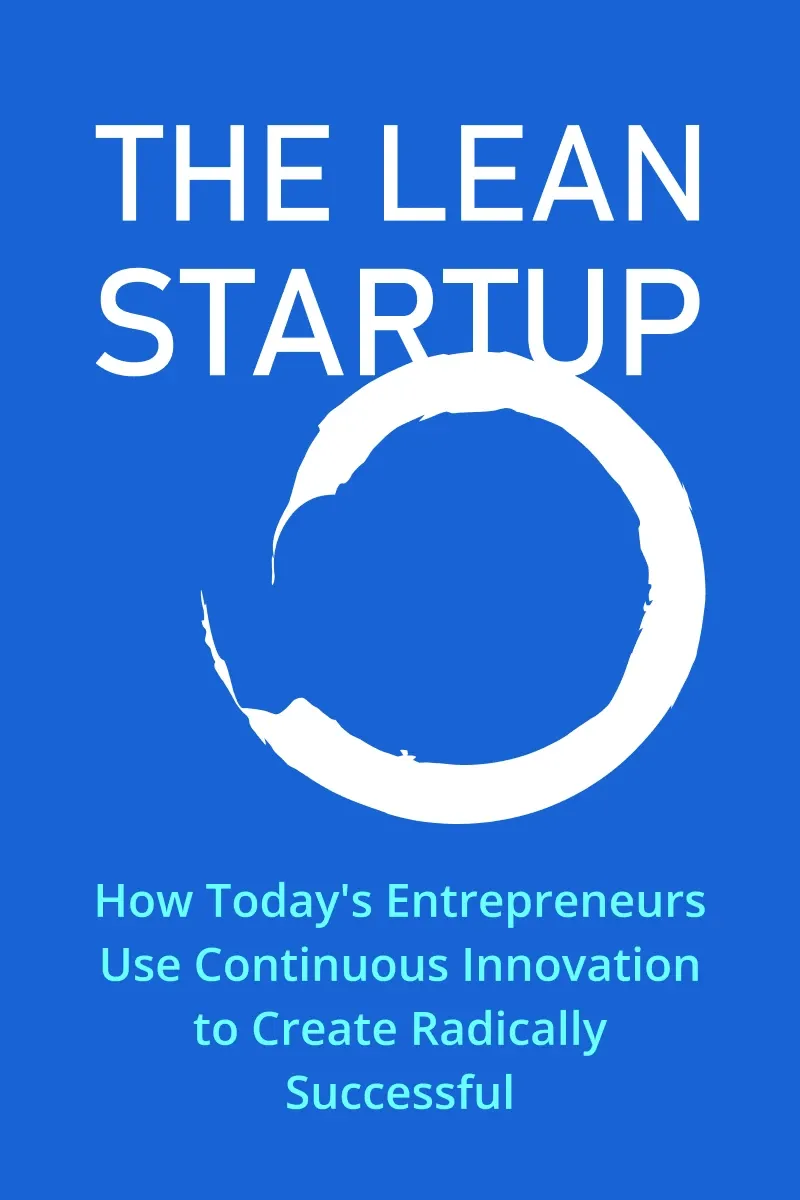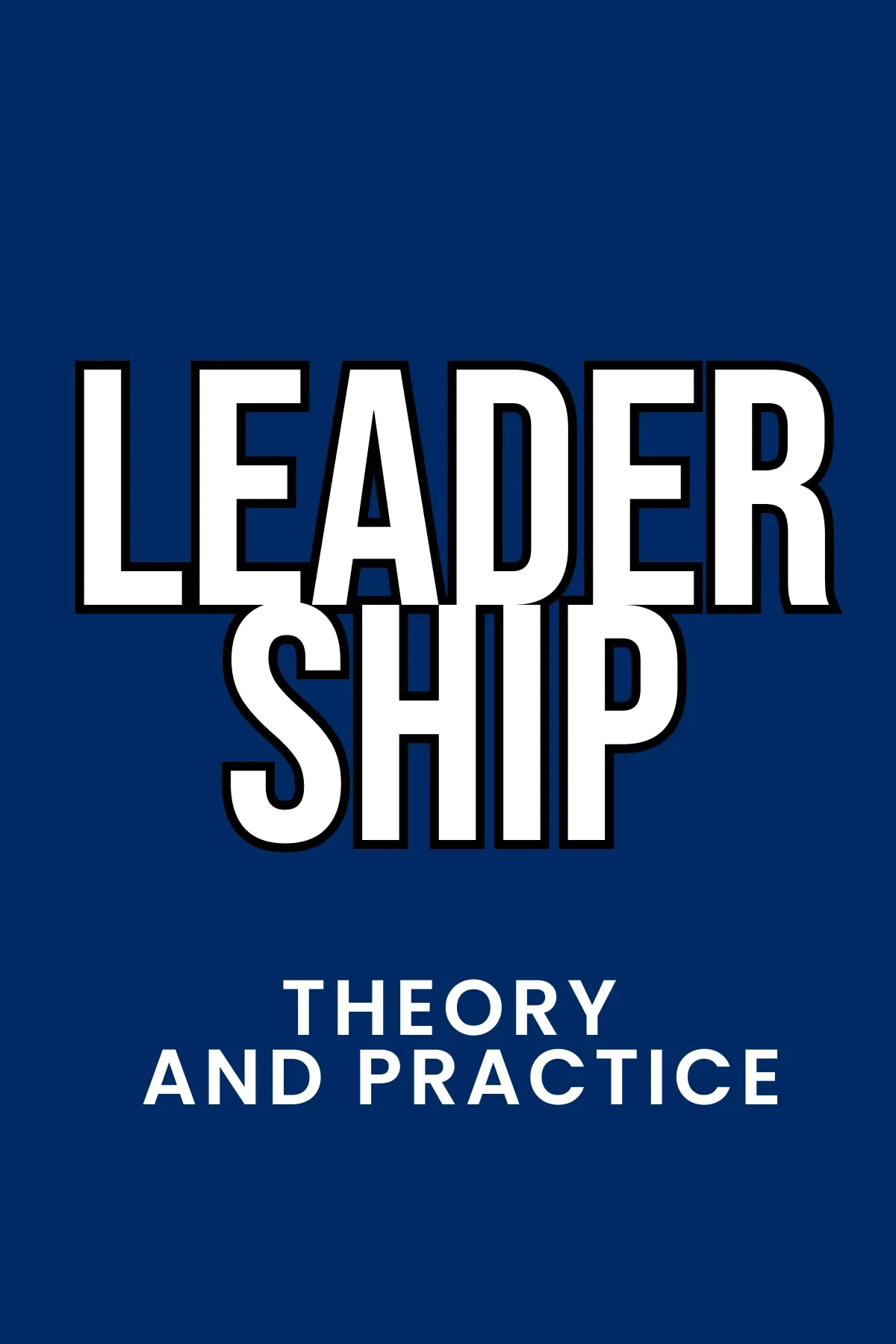
Good to Great
Brief Summary
In “Good to Great”, Jim Collins delves into the anatomy of businesses that leap beyond mediocrity to excellence. He identifies the transformative decisions and practices that enable top-tier companies to stand out. This is a blueprint for the organizations aiming to shift from fleeting success to enduring greatness.
Topics
Key points
Key idea 1 of 8
Collins' curiosity drove him to embark on a five-year-long investigative journey. With a team of 25, he combed through the data of over a thousand companies across many sectors and decades. They searched for those who took a noticeable turn from doing okay to delivering outstanding results.
What metrics did they use? Collins and his team had a specific criterion for a company to earn the 'good-to-great' title. It had to show a sharp increase in returns, consistently tripling the market's outcomes over 15 years. Moreover, these returns had to follow a period where the company was underperforming compared to other stocks in the market.
The results were fascinating. Collins and his team stumbled upon a repeating pattern, which they referred to as "a flywheel." The best part? This wasn't a fluke. Every company that made the leap to greatness displayed elements of this pattern. In contrast, the companies that stayed 'good' showed these elements only about 30% of the time.
Three crucial elements were at the heart of this transformative shift from good to great. First, you need the right people even before you start. A company is as good as the talent it employs. Companies that soared ensured they had individuals who were both skilled and driven by a passion for excellence.
They viewed problems and opportunities differently. These successful companies were able to see situations with clarity. Realistic expectations and readiness to confront the brutal facts are essential in decision-making. It is called the Stockdale Paradox. Neither optimism nor pessimism helps survive hard times. Admiral James Stockdale was a prisoner of a war camp and kept faith that he would make it alive. The readiness to confront his situation's brutal reality helped him survive.
Collins' research has become classic in the business world. Good might feel comfortable, but aiming for greatness, with the proper steps, is achievable.
FAQ
You may also like these summaries











